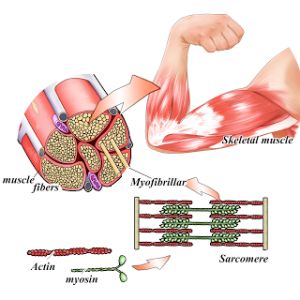
ネットの情報には「超回復理論は嘘だ」「超回復理論は証明されていない」などと記載されているものが散見されますが、本当にそうなのでしょうか?
実は、超回復理論は国の機関である厚生労働省のホームページにもしっかりと記載・明示されている正しい理論です。
そのエビデンス(証拠)を示すとともに、超回復理論について解説します。
目次
当サイトのトレーニング記事は、トップアスリートの知見にのみ基づき制作されており、全日本3位以上実績者・日本代表選手経験者に限り執筆しています。執筆陣に関する詳細はこちらをご参照ください。また、当サイトでは厚生労働省・Wikipediaなどの公共性・信頼性の高いサイトの情報を元に科学的な根拠(エビデンス)を担保しています。それらについてはこちらの一覧をご参照ください。
筋トレ(無酸素運動)と超回復理論に関する公的情報
厚生労働省による情報
こちらが、超回復理論が正しい理論であるというエビデンスとなる、厚生労働省のホームページ(eヘルスネット)の記載です。
”筋肉はレジスタンス運動を行うと筋線維の一部が破断されます。それが修復される際にもとの筋線維よりも少し太い状態になります。これを「超回復」と呼び、これを繰り返すと筋の断面積が全体として太くなり筋力が上がります。筋力のトレーニングはこの仕組みを利用して最大筋力に近い負荷でレジスタンス運動し、筋が修復されるまで2~3日の休息ののち、またレジスタンス運動でトレーニングということの繰り返しによって行われます。(厚生労働省|e-ヘルスネット)”
▼厚生労働省公式ページ
●海外版Wikipediaによる情報

Initial fitness, training, recovery, and supercompensation
また、信頼度が高いと考えられる英語版Wikipediaには以下のように記載されています。
超回復(supercompensation)についての記載内容
The fitness level of a human body in training can be broken down into four periods: initial fitness, parietal fitness training, recovery, and supercompensation. During the initial fitness period, the target of the training has a base level of fitness (shown by the first time sector in the graph). Upon entering the training period, the target’s level of fitness decreases (shown by the second time sector in the graph). After training, the body enters the recovery period during which level of fitness increases up to the initial fitness level (shown by the third time sector in the graph).
Because the human body is an adjustableorganism, it will feel the need to adjust itself to a higher level of fitness in anticipation of the next training session. Accordingly, the increase in fitness following a training session does not stop at the initial fitness level. Instead the body enters a period of supercompensation during which fitness surpasses the initial fitness level (shown by the fourth time sector in the graph). If there are no further workouts, this fitness level will slowly decline back towards the initial fitness level (shown by the last time sector in the graph). First put forth by Russian scientistNikolai N. Yakovlev (1911–1992)in 1949-1959,this theory is a basic principle of athletic training.
If the next workout takes place during the recovery period,overtrainingmay occur. If the next workout takes place during the supercompensation period, the body will advance to a higher level of fitness. If the next workout takes place after the supercompensation period, the body will remain at the base level.
More complex variations are possible; for instance, sometimes a few workouts are intentionally made in the recovery period to achieve greater supercompensation effects.
https://en.wikipedia.org/wiki/Supercompensation
オーバートレーニング(Overtraining)に関する記載内容
Overtraining occurs when a person exceeds their body’s ability to recover from strenuous exercise.Overtraining can be described as a point where a person may have a decrease in performance and plateauing as a result of failure to consistently perform at a certain level or training load; a load which exceeds their recovery capacity.People who are overtrained cease making progress, and can even begin to lose strength and fitness. Overtraining is also known as chronic fatigue, burnout and overstress in athletes.It is suggested that there are different variations of overtraining, firstly monotonous program over training suggest that repetition of the same movement such as certain weight lifting and baseball batting can cause performance plateau due to an adaption of the central nervous system which results from a lack of stimulation.A second example of overtraining is described as chronic overwork type training where the subject may be training with too high intensity or high volume and not allowing sufficient recovery time for the body.Up to 10% of elite endurance athletes and 10% of American college swimmers are affected by overtraining syndrome (unexplained underperformance for approximately 2 weeks even after having adequate resting time).
https://en.wikipedia.org/wiki/Overtraining
このように、海外の信頼度の高い情報にも超回復と運動パフォーマンスの関係性は記載されており、「超回復理論」が100%正しいかは、まだ議論の余地があるものの、概ね正解であると言えるでしょう。
超回復とは何か
破壊された筋繊維が強く太くなる生理機能
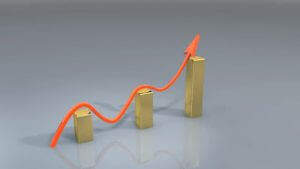
筋トレの効果を出すために不可欠な要素が、筋肉の超回復とその理論です。
筋トレで負荷のかかった筋肉は、筋繊維に微細な裂傷が発生します。そして、ダメージを受けた筋繊維は、一定の回復期間をおいて、鍛える前よりも強く太くなって回復します。
この一連の生体反応を超回復と呼び、筋トレ(筋力トレーニング・筋肉トレーニング)とは、適切で意図的な超回復を繰り返すことによって、筋力向上や筋肥大を達成する行為なのです。
筋肉部位ごとの超回復期間
筋肉の大きさと使用頻度で決まる
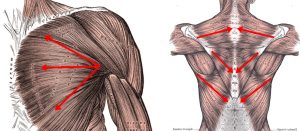
超回復の期間は、年齢や体質などにより個人差がありますが、基本的には以下のような相関関係があります。
◯大きな筋肉:超回復が遅い
◯小さな筋肉:超回復が早い
◯使用頻度の低い筋肉:超回復が遅い
◯使用頻度の高い筋肉:超回復が早い
具体的な筋肉部位別の超回復期間
標準的な20~30代の男性の場合、筋肉部位別の超回復期間は以下の通りです。
◯72時間で超回復する筋肉
大腿四頭筋・ハムストリングスなど太ももの筋肉
僧帽筋・広背筋・長背筋などの背中の筋肉
◯48時間で超回復する筋肉
三角筋・上腕二頭筋・上腕三頭筋など肩から腕にかけての筋肉
胸の筋肉・大胸筋やお尻の筋肉・臀筋群
◯24時間で超回復する筋肉
前腕筋群・腹筋群・ふくらはぎ(下腿三頭筋)など日常での使用頻度の高い筋肉
なお、10代の場合はこれより短く、女性や40代男性はこれより遅くなります。
※部位ごとの超回復期間には個人差があります。
効率的に筋トレをする部位分割法
全身の筋肉をグループ分けしてローテーションで筋トレをする

1日に全身の筋肉全てを筋トレした場合、超回復完了までには72時間が必要になります。ただし、これはタンパク質摂取と休養・睡眠を行った場合であり、現実的には二週間に三回の筋トレを行うのが限界でしょう。
それでは、成果を出すのに時間がかかり能率がよくないですよね。
ですので、効率的に筋肉を鍛えていくためには、全身の筋肉をグループ分けし、ローテーションで一週間に2~3回の頻度でトレーニングをしていくのが最適です。
この筋トレ方法を部位分割法=スプリットトレーニングと言います。
具体的な部位分割法の組み合わせ

それでは、ここからは具体的な部位分割法の組み合わせを例示していきます。
週二回のスプリットトレーニング
①上半身の押す筋肉グループ+大腿四頭筋+超回復の早い筋肉グループ
②上半身の引く筋肉グループ+ハムストリングス・臀筋群+超回復の早い筋肉グループ
週三回のスプリットトレーニング
①上半身の押す筋肉グループ+超回復の早い筋肉グループ
②下半身の筋肉グループ
③上半身の引く筋肉グループ+超回復の早い筋肉グループ
週四回のスプリットトレーニング
①大胸筋+腹筋群+前腕筋群
②下半身の筋肉グループ+下腿三頭筋
③三角筋+上腕三頭筋+腹筋群
④上半身の引く筋肉グループ+前腕筋群
具体的な週2~4回の筋トレプログラム
週4回の部位分割トレーニング
週3回の部位分割トレーニング
週2回の部位分割トレーニング
筋トレコラム記事一覧
筋力トレーニング情報ページ
食品科学情報データベース

600品目以上の食品栄養成分データベース
検索窓に調べたい食品名を入れてください。表示されない場合は、ひらがな・カタカナ・漢字でそれぞれお試しください。
筋トレ情報コーナーのメイン記事
筋肉の名前と部位別の構造・作用自重負荷トレーニングの実施方法
チューブトレーニングの実施方法
チューブトレーニングの実施方法
マシーントレーニングの実施方法
バーベルトレーニングの実施方法
週2~4回の部位分割トレーング法
細マッチョトレーニングの組み方
筋肥大向きトレーニングの組み方
---------------
男性向きの記事|女性向きの記事
筋トレメニュー|筋トレメニュー
大胸筋の筋トレ|大胸筋の筋トレ
背筋群の筋トレ|背筋群の筋トレ
三角筋の筋トレ|三角筋の筋トレ
上腕部の筋トレ|上腕部の筋トレ
下半身の筋トレ|下半身の筋トレ
---------------
リストラップの効果と選び方紹介
トレーニングベルトの選び方紹介
エルボースリーブの種類と選び方
パワーグリップの種類と選定方法
自宅トレーニングに最適な器具類
人気商品
ONI・GLFITの人気商品
 |
 |
 |
 |
LARA★STARの人気商品
 |
 |
 |
 |
人気のオリジナル商品
 |
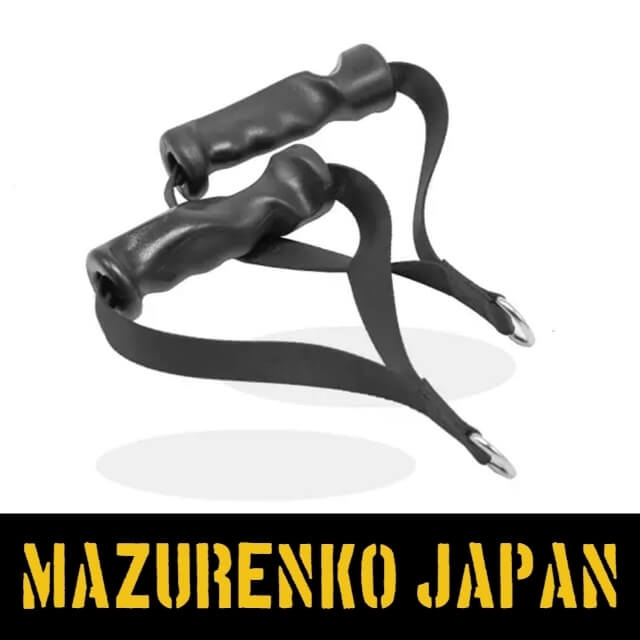 |
 |
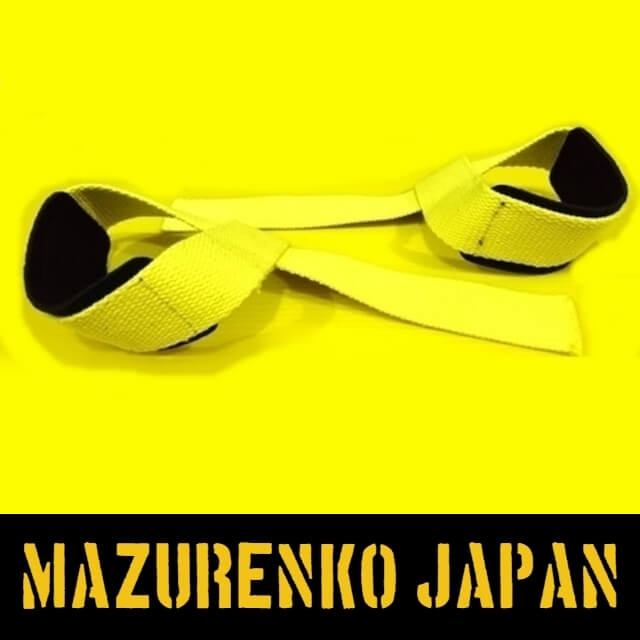 |
Mazurenkoの人気商品
 |
 |
 |
 |
EACの人気商品
 |
 |
 |
 |
ONIARMの人気商品
 |
 |
 |
 |

